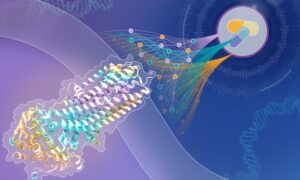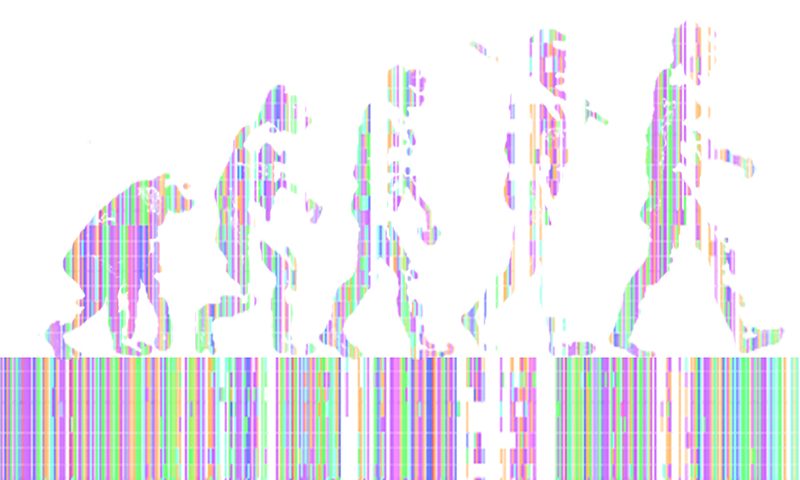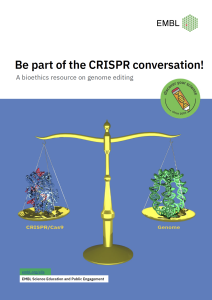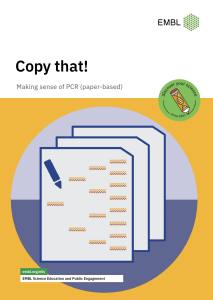
What is the Code of Life?
Overview
The first look at the Code of Life
Sequencing the human genome is one of the hallmarks of modern molecular biology. Storage and management of these vast amounts of sequences involves the usage of powerful computers. The research field involved in the analysis of these data is the field of bioinformatics.
But what can a DNA sequence tell us?
The activities in “A first look at the Code of Life” introduce in a simplified way, what bioinformaticians learn from analysing the human genome. It looks at DNA sequences in the genome that encode for proteins and asks how the sequence can be changed by different mutations, and examines the consequences of these mutations. The phylogenetic tree activity shows how sequences differ between various organisms, and how evolutionary relationships can be deduced from the differences. And finally, what is mobile DNA, and how can it contribute to evolution?
Materials
View and download the material below.
Publication
Part of this module has been published as a teaching activity “Bioinformatics with pen and paper: building a phylogenetic tree” in Science in School and appears in various languages.

Topic area: Bioinformatics, Genome biology
Age group: 14-16, 16-19
Author: Cleopatra Kozlowski
Share:



